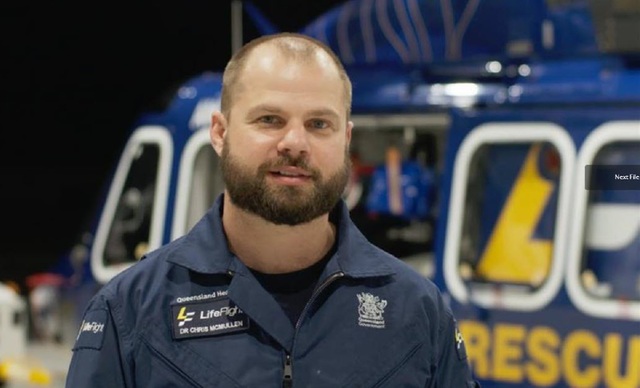The ACCC has launched a quad bike safety awareness campaign in regional Australia warning that older male farmers remain the group most at risk of fatal injuries or crashes, with children also at risk.
Since 2011, 234 Australians have died in quad bike incidents, with men accounting for more than 80 per cent of fatalities, figures from SafeWork Australia show.
ACCC deputy chair Mick Keogh said quad bikes posed a serious risk of injury and death because it is easy for them roll over, even at low speeds.
“When they rollover, riders are often trapped underneath them. These heavy vehicles cause suffocation, head injuries and crush body parts,” he said.
“Most quad bike deaths occur on farms, and men aged over 70 years are statistically the most at-risk age group.
“More than 20 per cent of fatalities have been males over the age of 70.”
Children under 14 make up more than one in ten deaths, while children under 16 make up more than a quarter of all emergency department presentations relating to quad bike injuries.
The ACCC’s newly launched safety awareness campaign is warning farmers, partners, parents and carers of the dangers of quad bikes.
The ads warn that one ride can change everything and encourages partners, parents and carers to protect your loved ones.
“We want to remind all quad bike users, including parents of children who may be spending time on a farm this summer holiday period, that quad bikes are not toys, they are powerful machines,” Mr Keogh said.
“There are three golden rules to follow when riding quad bikes – helmet on, rollover protection fitted and never let children ride adult quad bikes.
“Use these safety tips to protect your loved ones and family members.”
NSW and Queensland have the highest number of quad bike related injuries and fatalities.
Rollovers and collisions are the most likely cause of death from quad bikes across all states, SafeWork Australia figures show.
The Consumer Goods (Quad Bikes) Safety Standard was introduced to reduce the risk of injury or fatality caused by quad bikes.
It requires new and imported second hand quad bikes to have minimum stability levels, include rollover protection, and display clear safety warnings at the point of sale.
“The Safety Standard has resulted in many safer quad bikes being used, but there is likely to still be hundreds of thousands of older bikes without rollover protection in use,” Mr Keogh said.
“We urge anyone with an older quad bike to invest in rollover protection. The cost is minimal compared to the cost of serious injury or a fatality.”
“The transition to safer quad bike use will take time and continued awareness.”
Dr Chris McMullen is the Clinical Lead at LifeFlight aeromedical services in Central Queensland.
On average, LifeFlight attends 25 quad bike injury cases each year – around two every month.
Dr McMullen has seen first-hand the life-changing impact of quad bike accidents on riders, families and rural communities.
“I see a lot of broken limbs and ribs. In serious cases we see pelvic fractures, spinal injuries, severe head trauma and internal bleeding requiring transfusions,” he said.
“One case that stands out is an accident where a rider rolled her quad bike down a hill – her leg was so badly crushed it had to be amputated.”
Beyond physical injuries, Dr McMullen has witnessed the emotional toll on families.
“I’ve seen parents crying at their child’s side, praying the transfusion will help them pull through, and hoping that when they wake from a coma, they’ll still be the same person.”
He said protection and prevention is critical.
“The most important action quad bike riders can take is to wear a helmet and protective clothing, and have rollover protection fitted – it can be the difference between life and death.
“Also, drive to the conditions and never ride under the influence of alcohol or drugs.
“You can’t predict when an accident will happen, but you can prepare for it.”






